Funding sources
Title i
Title i is designed to provide financial assistance to schools to help students served by the program to achieve proficiency on challenging state academic achievement standards. title i schools with percentages of low-income students of at least 40 percent may use title i funds, along with other federal, state, and local funds, to operate a "school-wide program" to upgrade the instructional program for the whole school.
Title ii
The purpose of Title II, Part A is to increase the academic achievement of all students by helping districts improve teacher and principal quality and ensure that all teachers are highly qualified. School districts have the flexibility to use Title II-A funds creatively to address the challenges of teacher and principal quality.
Title iii
The purpose of Title III is to ensure that limited English proficient students develop English proficiency and meet the same academic content and academic achievement standards that other children are expected to meet. Schools must use these funds to implement language instruction educational programs that carry out activities that use approaches based on scientific research.
Title vi
Title vi funds are used to provide:
Tutoring for students
Supplemental classroom materials and programs
Motivational speakers
Opportunities to update classroom technology through the purchase of computers, tablets, and smartboards
Migrant
The general purpose of the migrant education program (mep) is to ensure that migratory children fully benefit from the same free public education provided to other children. in essence it provides:
Support educational programs for migratory children in order to reduce the educational disruption that results from repeated moves;
Ensure that migratory children who move among the states are not penalized by disparities among the states in curriculum, graduation requirements, and state academic content and student academic achievement standards;
Ensure that migratory children are provided with services that address their special needs in a coordinated and efficient manner;
Ensure that migratory children receive opportunities to meet the same challenging state academic content and student academic achievement standards that all children are expected to meet;
Design programs to help overcome educational disruption, cultural and language barriers, social isolation, various health-related problems, and other factors that inhibit their ability to do well in school, and to prepare them to make a successful transition to post-secondary education or employment; and
Ensure that migratory children benefit from state and local systemic reforms.
Homeless
Title X - The Federal McKinney-Wind Act (part of NCLB) guarantees equal access to public education for students experiencing homelessness. Title X students may be:
Sharing housing due to loss of housing or economic hardship
Living in motels, hotels, camp grounds, parks, public places or other accommodations not designed for human habitation
Living in emergency or transitional shelters
Qualified migrant children in the above living circumstances
Awaiting foster care placement
Students who qualify for title x are entitled to:
Stay in their "school of origin"
Be provided transportation to and from school
Title i services even if their school of origin is not a title i school
School supplies, uniforms, clothing
Referrals to services including mental / physical health, housing, food, etc.
Tutoring if they are behind their peers academically
Information taken in part from the US Department of Education. Office of Elementary and Secondary Education, Office of State Support. (2015).
